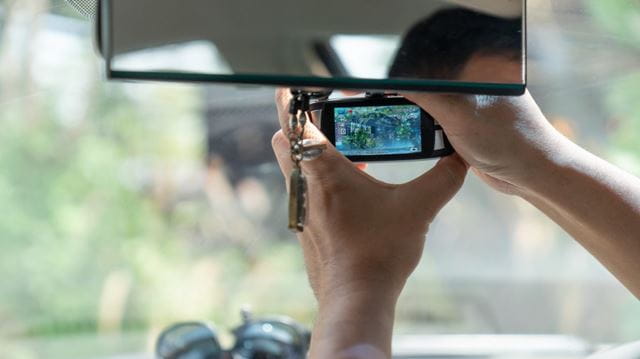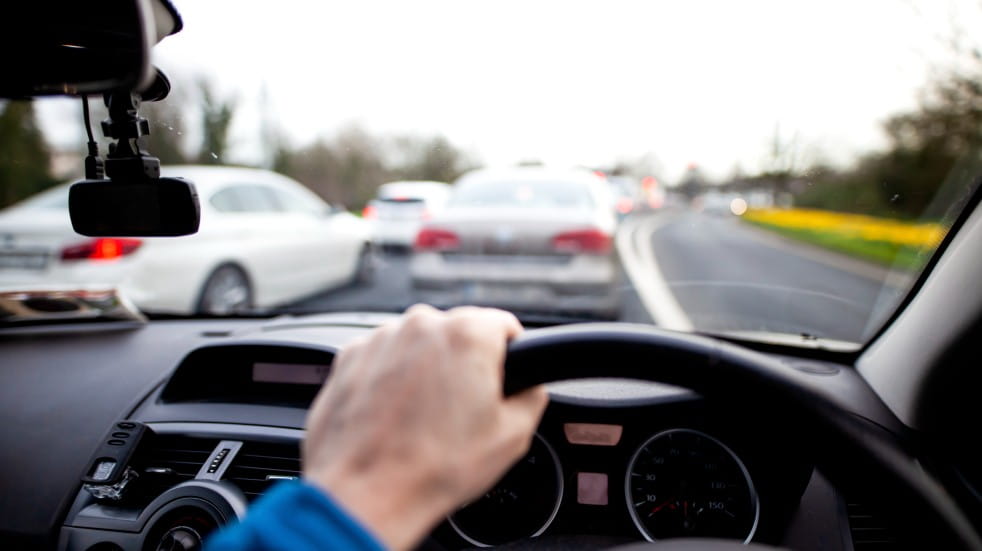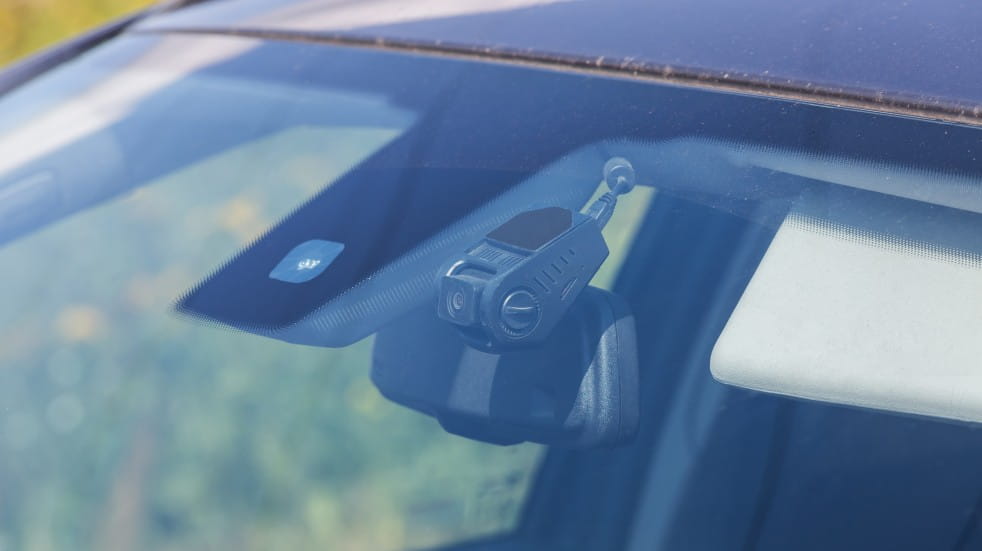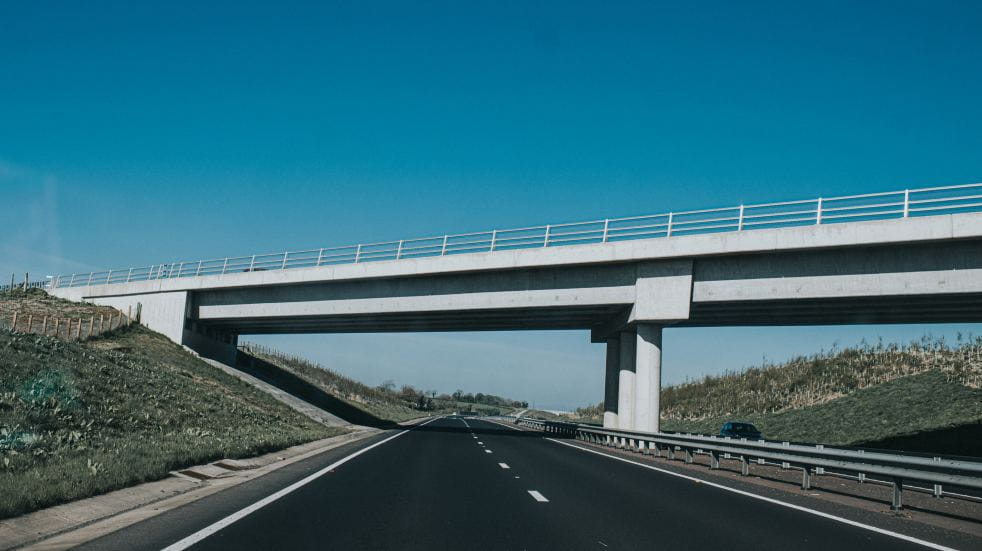
No longer simply a ‘nice-to-have’, dash cams are now an essential piece of kit for many drivers
There has never been a better time to invest in a dash cam for peace of mind (and potential insurance savings too).
Designed to be fitted to your windscreen or dashboard, these in-car cameras are intended to catch a clear view of the road ahead (and behind if you choose the front-and-rear model) to record footage of any accidents or incidents that might occur.
But with so much choice out there, it can be difficult to know where to begin when selecting a model. That’s why we’ve created this simple guide to run you through the basics functions of a dash cam, the benefits of installing one and the different features available on various products.
And if you do decide to invest, as a Boundless member you can enjoy a 10% saving on motoring accessories from Halfords, click here to find out more, or read on for our guide…
Why should I buy a dash cam?

By far the most significant advantage of installing a dash cam is to provide evidence in the event your vehicle is involved in an accident. The film from your dash cam can be used by the police or by your insurer to evaluate exactly what happened, potentially saving you a great deal of hassle when dealing with insurance claims or legal matters. Many dash cams also include a stationary mode, which means that any crashes, accidents or even break-ins that might occur while you are not with your vehicle are recorded. Many insurers look favourably on drivers with dash cams, with some even offering cheaper policies for those with one installed.
How do dash cams work?
Dash cams can be installed in the front or back of your vehicle's interior and record video of what's going on around the car. On most models, the camera will continue to record on a loop with irrelevant footage being automatically overwritten by new recordings until an incident occurs, at which point the files can be downloaded and shared with any relevant parties. Most new dash cams now also include a built-in sensor (known as a G-Sensor) that will detect any abrupt changes in G-force, such as if another car collides with yours. If the G-Sensor detects an incident, a clip is then automatically stored on the camera's memory card and locked in place so that it may be reviewed without being overwritten by new footage.
What features do I need?

Depending on your requirements, there are a number of features on new dash cams to consider. Here we run through the dash cam features to bear in mind before making a purchase.
Field of view: Field of view refers to the amount of road ahead (or behind) being recorded. New dash cameras typically record at least 120 degrees of view with some more advanced models recording a full 180 degrees. In comparison, the human eye has a field of vision of roughly 140 degrees, so a 180-degree camera will record more of what's going on at the sides of your automobile, critical for side or corner crashes.

Video quality: Fairly self-explanatory, the video quality of your camera will determine how much detail you can make out in the recordings it has taken. High Definition (HD) is the standard for clear, sharp video, but Ultra High Definition (UHD, which is twice the quality of HD) and 4K dash cams (four times the resolution of HD) are becoming more ever-more common. While 4K might seem excessive for a simple motoring aid, high-quality crisp images will allow you to see minor details that could be crucial in the event you’re caught in an accident. For example, the number plate of the car that has just crashed into you and driven away, or the face of the person who has just attempted to break into your vehicle.
Stationary recording: Some, but not all dash cams can operate when the car is stationary. This is extremely handy if someone drives into your car while you are not at the wheel, or for catching anyone who might do damage to your vehicle during an attempted break-in. Again utilising the G-Sensor or sound monitoring software (using the camera’s in-built microphone), your dash cam should automatically save footage when a loud noise or sudden change in g-force is detected. More advanced models may also be programmed to stream video footage directly to your phone or other linked device, again providing vital proof to support an insurance claim.
Satellite navigation and wifi: Dash cams with built-in GPS will instantly add a location to any critical video clips when they are recorded, allowing viewers to see exactly where any accidents occurred. This is very useful if the police or your insurer are attempting to match your film to CCTV or witness information. Wifi connectivity is also particularly useful if you want to see stored footage on your phone or other smart device. Videos may be sent to you directly without having to remove the SD card and plug it in to a PC.

How much will it cost?
A simple dash cam may cost as little as £15 or as much as £100 depending on the features you require, with more expensive models including features like GPS and wifi. Mid-range models with stationary recording will range from £100 to £300 and some very advanced models can cost over £300 (though most everyday drivers will have little need for the features offered by these high-end products). Installation for wired-in models should set you back around £30.
Do more with Boundless
As a Boundless member you can enjoy a 10% saving on motoring accessories from Halfords, click here to find out more.
To benefit from amazing offers, along with dozens of other deals on holidays, motoring services, experiences, shopping and more, join Boundless today. To find out how, visit our dedicated membership page.





